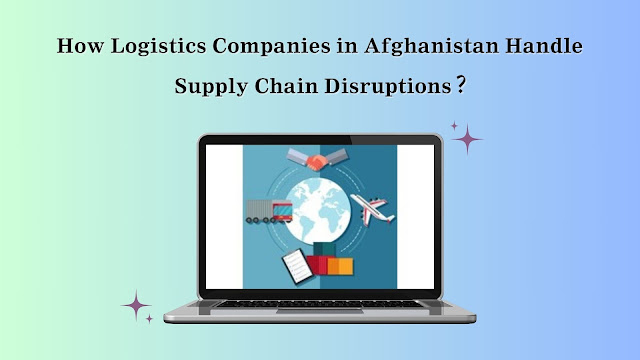What Types of Trucks are used by Trucking Companies in Afghanistan?
Afghanistan’s rugged terrain and diverse logistical needs make trucking a critical component of its transportation industry. The country’s unique geographical and economic challenges demand a variety of truck types to ensure efficient and reliable cargo movement. Trucking companies in Afghanistan employ different types of vehicles tailored to meet the demands of various industries, road conditions, and cargo types. Below is an overview of the most commonly used truck types by trucking companies in Afghanistan.
1. Flatbed Trucks
Flatbed trucks are
among the most versatile and widely used vehicles in Afghanistan’s trucking
industry. These trucks feature an open bed, making them ideal for transporting
oversized or irregularly shaped cargo such as machinery, construction
materials, and containers. Their open design allows for easy loading and
unloading, a key advantage in areas with limited infrastructure.
2. Box Trucks
Also known as dry
vans, box trucks are enclosed vehicles used for transporting goods that need
protection from weather conditions and theft. These trucks are often used for
moving consumer goods, electronics, and packaged goods. Their enclosed design
ensures cargo security, which is essential in both urban and rural areas of
Afghanistan.
3. Refrigerated Trucks
Refrigerated trucks,
or reefer trucks, are critical for transporting perishable goods like fruits,
vegetables, dairy products, and pharmaceuticals. Trucking companies in
Afghanistan rely on these vehicles to maintain the cold chain, ensuring that
goods reach their destination in optimal condition despite the country’s
extreme temperatures.
4. Tankers
Tankers are
specialized trucks used for transporting liquids, including fuel, water, and
chemicals. Fuel tankers play a vital role in supporting Afghanistan’s energy
needs, particularly in remote regions where pipelines are unavailable. Water
tankers are equally important in areas with limited access to clean water.
5. Dump Trucks
Dump trucks are
indispensable in Afghanistan’s construction and mining industries. These trucks
are designed to transport and offload materials like sand, gravel, and rubble.
Their robust design and ability to operate in tough conditions make them
suitable for Afghanistan’s uneven terrain and ongoing infrastructure projects.
6. Heavy-Duty Trucks
Heavy-duty trucks
are used for hauling exceptionally large or heavy cargo, such as industrial
equipment and oversized loads. Trucking companies in Afghanistan deploy these
vehicles for projects requiring the transportation of high-capacity loads over
long distances.
7. Mini Trucks
Mini trucks are
smaller vehicles commonly used for short-distance deliveries and navigating
narrow streets in urban areas. These trucks are ideal for transporting light
cargo, such as household goods and small commercial items.
8. All-Terrain Trucks
Given Afghanistan’s
challenging geography, all-terrain trucks are essential for reaching remote and
mountainous areas. These trucks are equipped with advanced suspension systems
and four-wheel drive capabilities, allowing them to traverse unpaved roads and
rugged landscapes.
Challenges Faced by Trucking Companies in Afghanistan
Operating in
Afghanistan’s trucking industry is not without challenges. Poor road
infrastructure, security concerns, and extreme weather conditions often
complicate transportation efforts. Additionally, maintaining and servicing a
diverse fleet of trucks can be costly and logistically demanding.
Conclusion
The variety of
trucks used by trucking companies in Afghanistan reflects the country’s diverse
transportation needs and geographical challenges. From flatbed trucks for
construction materials to refrigerated trucks for perishable goods, each
vehicle type plays a specific role in supporting Afghanistan’s economy. By
leveraging these specialized vehicles, trucking companies in Afghanistan can
ensure the efficient movement of goods across the country, contributing to its
development and connectivity.










Comments
Post a Comment